Trucking Industry History
Posted on May 27, 2022
The trucking industry has been tremendously important to the national economy of the United States carrying over 60% of trade goods throughout the country annually.
19th Century Trucking Industry History
Prior to the 1900’s railroads were the main method of transportation of trade goods as they were the most efficient form of transportation as during that time trucks were expensive and unreliable. But things began to shift in 1899 when Winton Motor Carriage Company converted a car into a tractor by hitching a small trailer to it, thus developing the first trailer truck model. Beginning in 1910 technology in transportation began growing rapidly foreshadowing modern day trucking. With the creation of the tractor trailer and the introduction of the gasoline powered internal combustion engine, trucks were becoming more reliable and efficient concluding a better option for freight transportation. In 1913 regulations began to be put into place surrounding the trucking industry, with four states enacting laws to limit truck weights (from 18,000 pounds in Maine to maximum weight up to 28,000 pounds in Massachusetts).
World War I and the Trucking Industry
From 1914-1918, the period of World War I, major developments in the trucking industry were evolving. Due to a surge in demand to transport goods during wartime, railroads became congested and people sought other alternatives to transport cargo. Hudson Motor Company’s co-founder, Roy Chapin, worked with a military committee to develop inflated tires increasing the stability and durability of tires and allowing vehicles to travel at higher speeds. Truck popularity was on the rise and by 1920 there were more than a million trucks traveling through the United States. As the demand for trucks was high various technological advancements were made including; the invention of the diesel engine, power assisted steering and brake systems, and the standardization of trailer sizes. In 1933 the government increased regulations surrounding truck usage by imposing truck weight restrictions in all states.
The New Deal & Interstate Creation
In the spring of 1933 President Franklin D. Roosevelt requested that all American industries work together within internal organizations to draft and agree upon a “code of fair competition.”
This made for The Federated Trucking Association of America and the American Highway Freight Association to become the voice of the trucking industry, later becoming the American Trucking Associations. On February 10, 1934, the code was officially approved and in 1935, the Motor Carrier Act replaced the code of competition. This allowed the Interstate Commerce Commission (ICC) to implement federal regulations within the trucking industry as opposed to the inconsistent state regulations and voluntary code of competition that had governed the industry previously. In 1941, President Roosevelt designated a special committee to develop the idea of a “national inter-regional highway” system. However this was halted due to World War II, in 1944 following the conclusion of the war the Federal-Aid Highway Act of 1944 authorized the development of “Interstate Highways” but did not progress due to funding. When President Eisenhower came into office he campaigned for the Federal-Aid Highway Act, which prompted the necessary debate in which bodies and groups would be responsible for funding highway projects. These debates concluded with the Federal-Aid Highway Act of 1956, which provided for the planning, funding, and construction of the Interstate Highway System. This 10-year, $100 billion highway system covered 40,000 miles and connected all American cities with a population higher than 50,000.
1970s in the Trucking Industry
In 1974, federal regulations established the maximum weight of a vehicle was set at 80,000 pounds but the regulations did not set a minimum truck weight, several states refused to adhere to the regulations. The 1970s brought on a new culture that romanticized truckers as modern-day cowboys, this resulted in the general public participating in trucker culture, wearing plaid shirts and trucker hats, and using CB radios and trucker slang. In fact in 1976 a novelty song about a convoy of truck drivers speeding and evading toll booths across the country, became the number one hit on the Billboard top 100, called “Convoy”. Further inspiring the film “Convoy” and in 1977 the film “Smokey and the Bandit”. In 1979 truckers' cowboy image would turn as thousands of truckers went on strike to protest high fuel costs and unfair regulations.
1980-Motor Carrier Act: Deregulation
The Motor Carrier Act partially deregulated the trucking industry in an effort to increase competition amongst trucking companies, removing the red tape of previous regulations, the number of trucking companies in America increased exponentially. This resulted in membership in unions declining due to a much larger workforce and less need to fight over regulations prompting overall lower pay for drivers. In turn this benefitted the trucking industry productivity and consumer cost. In 1982 the Surface Transportation Assistance Act was proposed in which the act would provide minimum weight limits and standardized truck size in the industry, solving the problems posed by the lack of minimum truck weight in initial regulations enacted in 1974.
21st Century
Since the 1980s the trucking industry has continued to prosper with currently more than 26 million trucks on the roads, carrying 10 billion+ tons of freight, and accounting for 60% of the total volume of freight.
Conclusion
The modern trucking industry is the backbone of American freight transportation and a vital prop to national commerce. With continuing technological and economic advancement in the automobile industry, the importance of trucking to the American economy will ensure that trucking industry jobs will be in demand for years to come.
